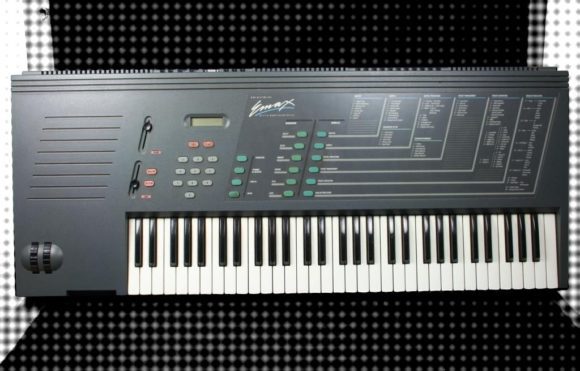Peter:
I didn’t understand everything, but I can confirm that especially the H-Chip came very very close to the sound of a real analog filter.
Dave:
Designing these chips was a huge investment for E-mu. They were too complex to be gate arrays – they needed the next level of customization, standard cells. I spent nearly two years, full time, working out the circuits. In the spring of 1988, we taped out the G-chip, and the prototypes worked perfectly! A key to our success with custom digital ICs was efficient, advanced modeling techniques I originally used to find bugs with the E-chip. Making masks and prototypes was very costly; thanks to this upfront work, I had first-time design success in every E-mu DSP chip design I engineered. The H-chip went to layout in the summer of 1988, but it was so complex that LSI Logic, the fabricator, had to re-write their layout software to accommodate it. We didn’t get prototypes back until early 1989. But the underlying technology in these two chips powered E-mu synths for nearly two decades.
Peter:
In which instrument was the H-Chip used for the first time?
Dave:
Until the G-chip, our samplers had independent analog channels, and using analog filters was a good, though somewhat expensive, solution. The Emax II was the first product to use our H-chip digital filters.
Peter:
Lets go back to the Emax I again, it was kind of the first Low-Cost Version of the Emulator II. How successful was it?
Dave:
The Emax used the E-chip. It was intended to be our answer to the Ensoniq Mirage. Initially we has some production problems with the E-chip, and also some reliability issues associated with the mounting of the floppy disk drive. The Emax was reasonably successful – it made a profit – but because it was a “low-cost” design, it wasn’t as inspiring as E-mu’s flagship, breakthrough products. As the Emax went from a chip project to a full-blown synth, my focus turned to G and H chips, and I always felt a little apologetic for the limits of the Emax.



